 |
 |
 |
||||||||||||||
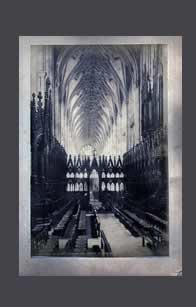 |
 |
 |
 |
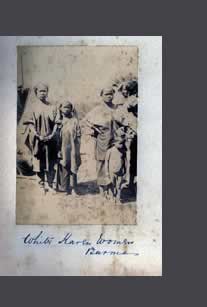 |
||||||||||||
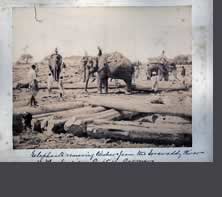 |
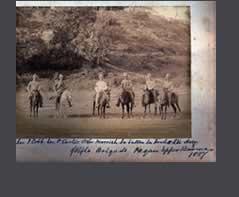 |
 |
||||||||||||||
 |
||||||||||||||||
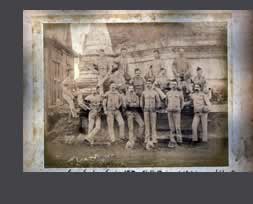 |
 |
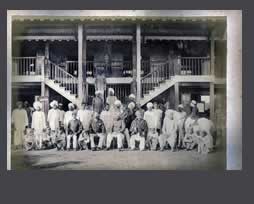 |
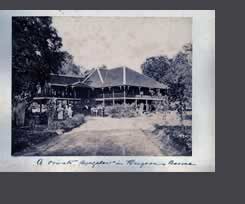 |
|||||||||||||
 |
 |
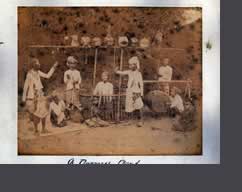 |
 |
|||||||||||||
 |
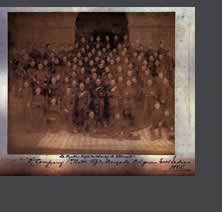 |
|||||||||||||||
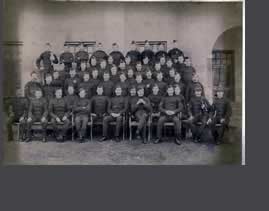 |
 |
|||||||||||||||
 |
 |
|||||||||||||||
 |
 |
|||||||||||||||
 |
||||||||||||||||
TOP ROW, Wincheste Cathedral Choir and Nave; Golden Pagoda , Bagan, Burma; Funeral Pyre Bagan, Burma; Red Karen Women Burma; White Karen People Burma; ROW TWO , Winchester Cathedral from the NW; Elephants removing timber from the Irrawaddy at Mouleminian, British Burma; 1st Rifle Brigade Bagan Upper Burma - Ser J.Cobb, Ser P.Carter, Colour Sergeant Morrish, Ser Sutton, Ser Howlett, Ser Hoey; The Mounted Infantry Lines Bagan, Upper Burma, 1887; ROW THREE, Staff Sergeants and Sergeants First Burma Rifle Brigade Myingyam Upper Burma 1888; D Company Furst Burma Rifle Brigade, Bagan Upper Burma 1887; Messrs Peer Mahomed and Sons Establishment Myingyan Upper Burma 1886 ; a Private Bungalow Rangoon Burma; ROW FOUR General Farmer and Staff Commanding Second Burma Field Force 1888; The Staff of the First Burma Rifle Brigade Belgann East India 1886 ; A Burmese Band (Orchestra) ; A Burmese Poay or Nantelo (?) ROW FIVE The Adjutants and Sergts 1st Burmese Rifle Brigade Belgann East India; Lt Parker, Captain Mildmay, Lt Stewart , D Company 1st ? Rifle Brigade Belgann East India 1885; Lt Hon St Aubyn, Lt Oliphant, and Captain Blackett, D Company 1st Burma Rifle Brigades, Barielli Bengal East India 1889; Lt and Adj C.T.E.Metcalfe, Staff Sergeants and Sergeants First Burma Rifle Brigade Poona Bombay 26th December 1883 ROW SIX Burmese Fruit Sellers; Lt Hon St Aubyn, Lt Oliphant, Captain Blackett, D Company 1st Batt Rifle Brigade Bareilly Bengal East India 1889; Lt and Adjt Pigott Sergeants Rifle Depot Winchester 1990; Bhamo Women (see beneath)
BRITAIN IN BURMA, from notes to a photograph in the British Library. (A group of Shans taken at Bhamo)
"Photograph of a group of Shans, taken at Bhamo in Burma (Myanmar) by Willoughby Wallace Hooper in 1886. The photograph is from a series documenting the Third Anglo-Burmese War (1885-86), published in 1887 under the title 'Burmah: a series of one hundred photographs illustrating incidents connected with the British Expeditionary Force to that country, from the embarkation at Madras, 1st Nov, 1885, to the capture of King Theebaw, with many views of Mandalay and surrounding country, native life and industries'. Two editions were issued (one with albumen prints, one with autotypes) and a set of lantern slides. Hooper made the series while serving as Provost Marshal with the British Expeditionary Force, which under the command of General Prendergast entered Mandalay, the Burmese royal capital, on 28 November 1885, and then took Bhamo on 28 December. Bhamo, situated in Kachin State in the hills of Burma's far north, is the closest and most accessible point to China. A caption by Hooper accompanies the photograph: "These tribes inhabit the mountainous country to the east of Upper Burma. The men are of a much more powerful physique than the Burmese; they, and more especially their women, are of a fairer complexion, some of them having quite a ruddy tinge on their cheeks. They seem to be a very independent tribe, and are much more manly than the Burmese. The large hats which they wear are constructed of very finely woven grass. They also wear at times a stiff umbrella-like covering to their heads, made of leaves and bamboo." Hooper was a dedicated amateur photographer and his photographs of the war in Burma are considered "one of the most accomplished and comprehensive records of a nineteenth century military campaign". The series is also notable for the political scandal which arose following allegations by a journalist that Hooper had acted sadistically in the process of photographing the execution by firing squad of Burmese rebels. The subsequent court of inquiry concluded that he had behaved in a "callous and indecorous" way and the affair raised issues of the ethical role of the photographer in documenting human suffering and the conduct of the British military during a colonial war."
RIFLE BRIGADE, Regimental History Burma, 1885
The Orchestra, ROW FOUR Burmese classical music ensembles can be divided into outdoor and indoor ensembles. The outdoor musical ensemble is the sidaw also called sidawgyi which was an outdoor ensemble in royal courts used to mark important ceremonial functions like the royal ploughing ceremony. It consists of a hnegyi, a large double reed pipe and sidaw , a pair of ceremonial drums, as well as the si and wa, a bell and clapper and the gandama, a double-headed drum.
C.T.E. Metcalfe (Army List) Colonel C. T. E. Metcalfe served with the Burmese Etpeiition in 18S6-S7 (Medal with Clasp). Served in the |